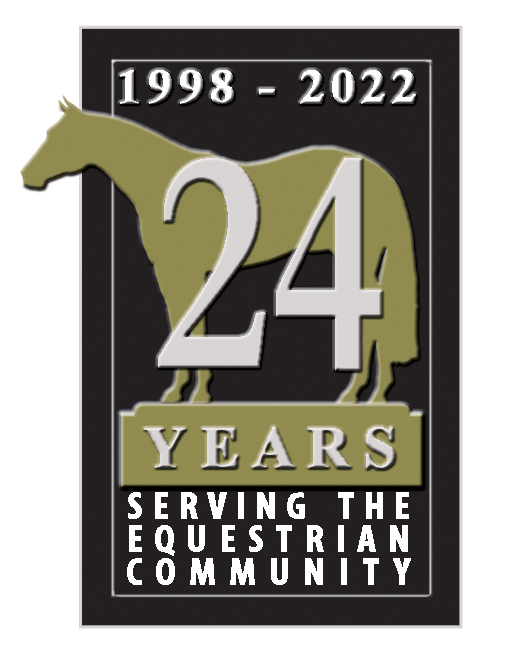Pet Talk – Hypothyroidism
October 30, 2009Hypothyroidism in Dogs
Hair loss, weight gain, lethargy and exercise intolerance are symptoms that most pet owners attribute to the onset of old age in their beloved pups. But, especially if your dog is about four to six years old, be aware that these might be symptoms of hypothyroidism. Hypothyroidism is a canine condition in which the thyroid gland functions insufficiently. The thyroid gland is that which controls the metabolic rate of the body.
“Almost all primary hypothyroidism in dogs is caused by autoimmune destruction of the thyroid gland, a lymphocytic thyroiditis which is a genetic disorder” said Dr. M.A. Crist, clinical assistant professor at the Texas A&M College of Veterinary Medicine & Biomedical Sciences. “Secondary hypothyroidism is caused by impaired thyroid stimulating hormone secretion or a congenital malformation which is usually less than five percent of all cases. Other causes can be from congenital defects.”
Common breeds that are predisposed to canine hypothyroidism are the English setter, golden retriever, Irish setter, Doberman pinscher, Dachshund, Miniature Schnauzer, Boxer and Poodle. Feline hypothyroidism is extremely rare as a spontaneous disease, although it may occur as a secondary reaction to hyperthyroidism surgery.
“Most dogs are adult middle-aged, about four to six years old when clinical signs of hypothyroidism can occur” said Crist. “High risk and giant breeds may develop clinical signs at an earlier age. Skin and haircoat changes are a common finding, such as symmetrical truncal or tail head hairloss, dull, dry hair coat, “fuzzy” haircoat, “rat tail” appearance, poor hair growth after clipping, thickened skin, hyperpigmentation, seborrhea, and excessively waxy ears. Cardiovascular irregularities, neuromuscular weakness, ocular changes, and reproductive disorders are less common but can also occur.”
The diagnosis of hypothyroidism should be based on a good physical examination from your veterinarian and diagnostic blood tests, thyroid function blood tests that are performed and interpreted by your veterinarian.
“Treatment of canine hypothyroidism consists of an oral administration of a thyroid supplement” said Crist. “Response to therapy is monitored by the resolution of clinical signs and repeating a thyroid function test about once a month after beginning supplementation to monitor dosage. Most canines are supplemented with this medication life long after beginning therapy and are checked once or twice a year with thyroid function blood tests from their veterinarian. The response to therapy with activity, attitude, and appetite usually occurs within 1-2 weeks and 4-8 weeks for dermatological issues to resolve.”
There is a good deal of difference in hypothyroidism in dogs and hypothyroidism in humans. People of any age can acquire hypothyroidism, but older adults are more likely, especially women over the age of 60. In dogs both males and females are equally affected by hypothyroidism.
“Anatomically the thyroid gland in animals is on either side of the trachea and in humans it forms an ‘H’ because it connects across the trachea” noted Crist. “The most common cause is Hashimoto’s thyroiditis in humans in which the body’s immune system attacks the thyroid gland tissue and decreases the production of thyroid hormone leading to similar symptoms of feeling tired, having dry skin, brittle nails, cold intolerant, mental dullness, and infertility issues. Diagnosis with thyroid function tests and medication with a thyroid supplement can be a lifelong treatment plan.”
ABOUT PET TALK.
Pet Talk is a service of the College of Veterinary Medicine & Biomedical Sciences, Texas A&M University. Stories can be viewed on the Web.
Suggestions for future topics may be directed to cvmtoday@cvm.tamu.edu .


